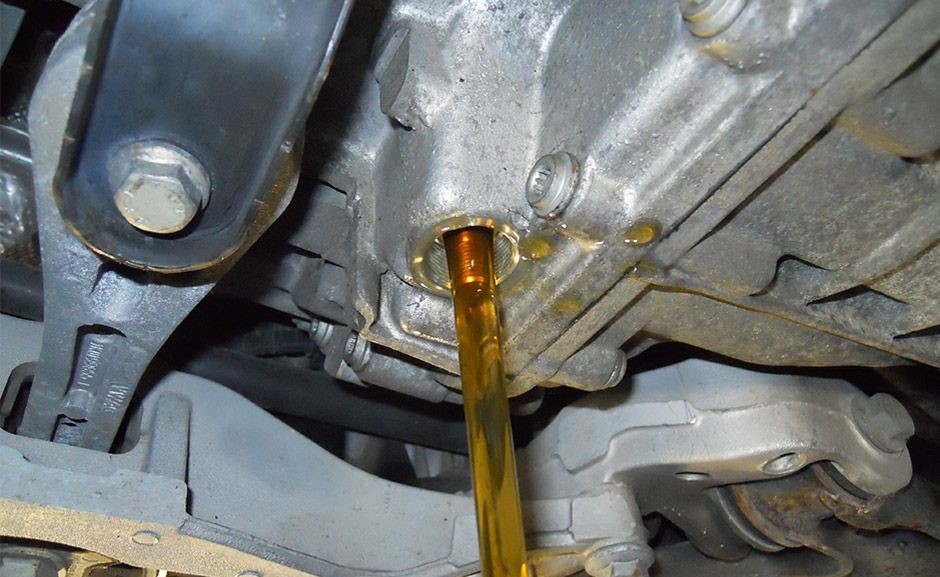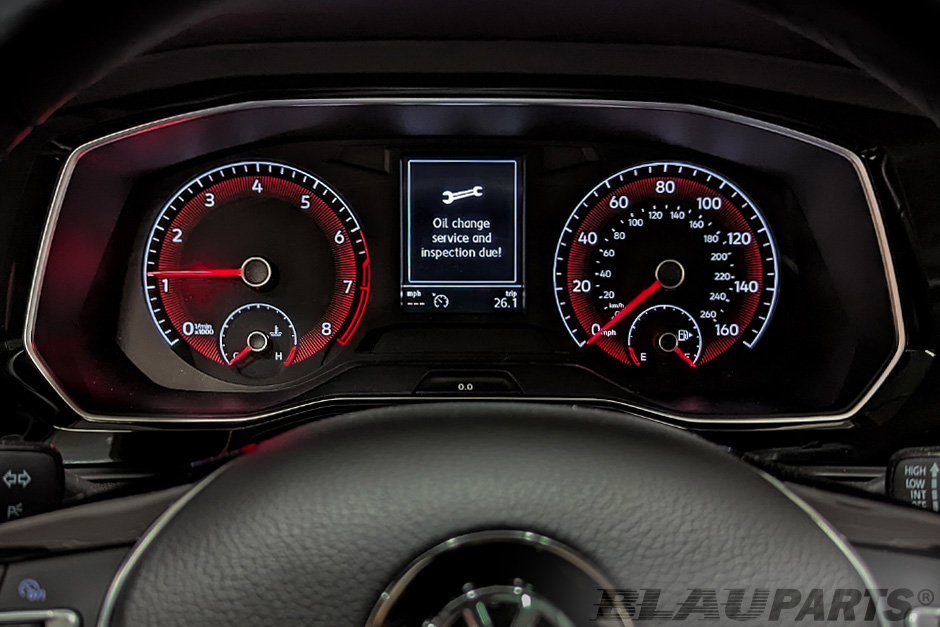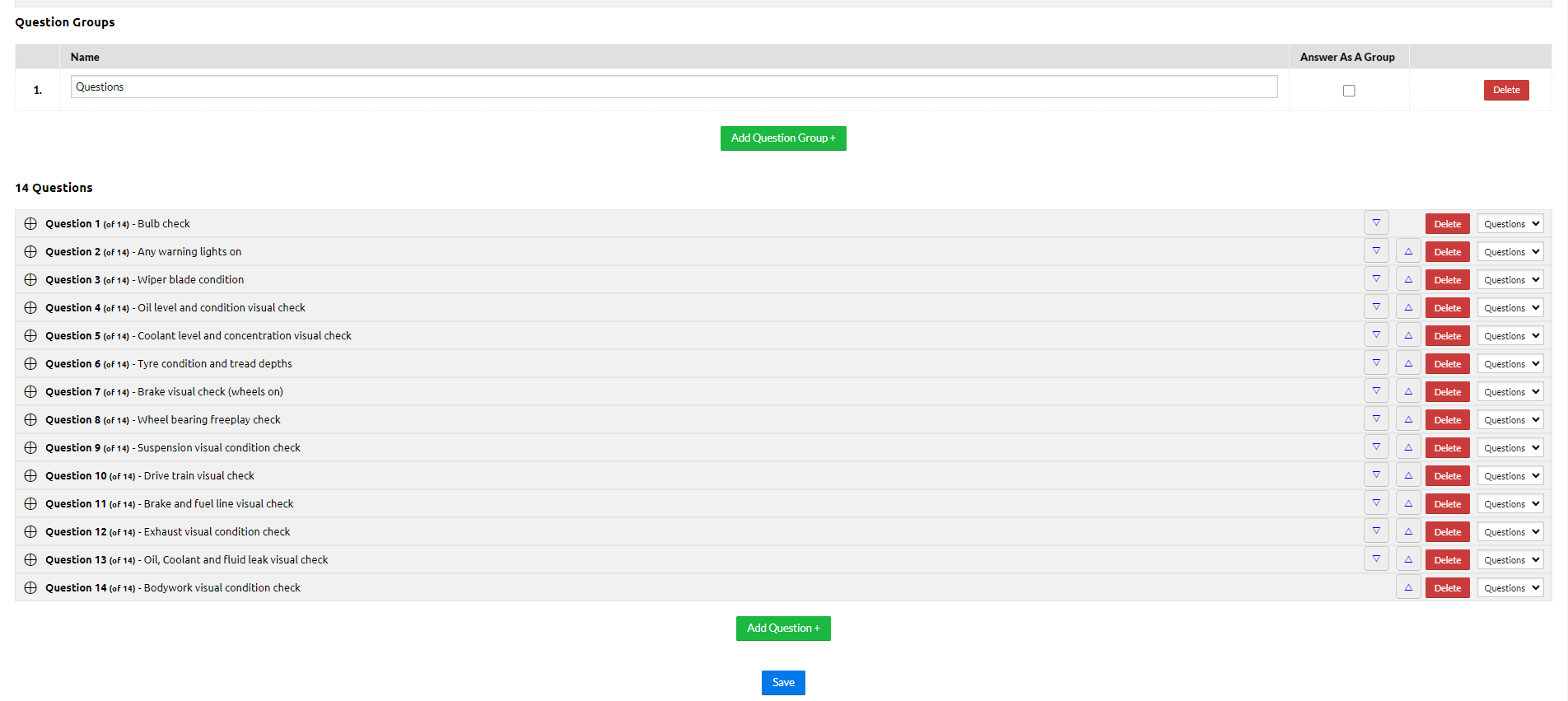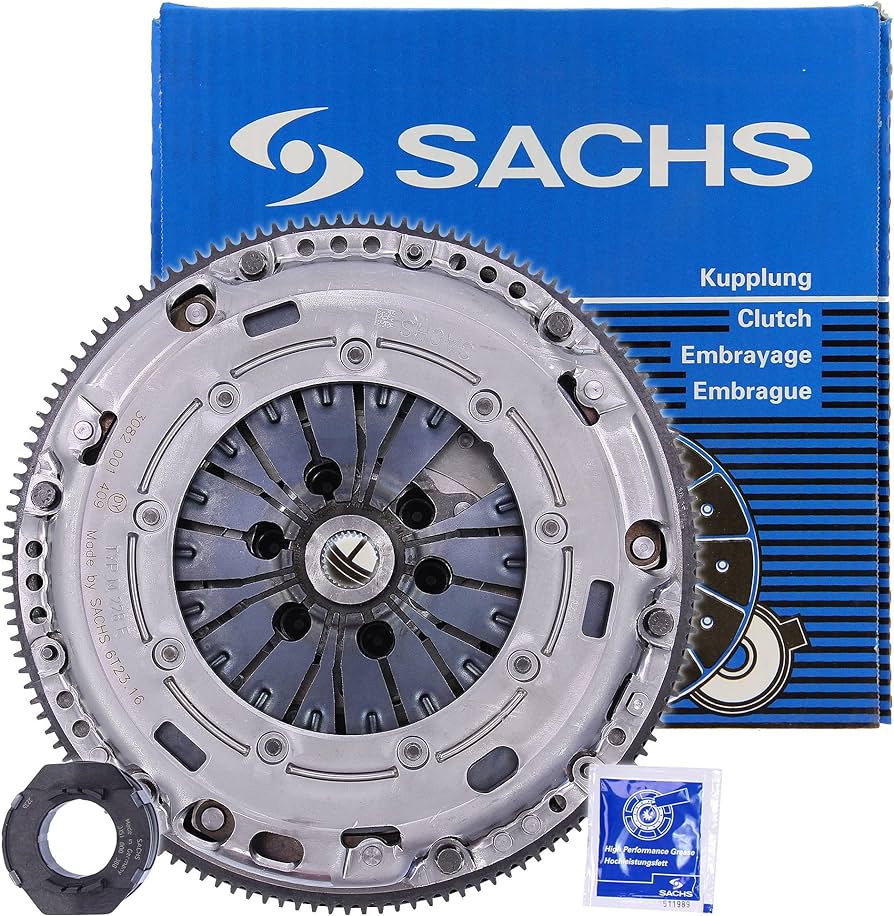Generally a DSG service typically includes: Checking for leaks or issues, Draining the used oil, Replacing the filter and oil. We then test drive to make sure the gearbox works properly.
1. Ensuring Longevity and Reliability:
- Wear and Tear: Over time, components within the DSG, such as clutches, gears, and mechatronic units, experience wear. However, regular servicing helps identify and address these issues early, preventing major failures.
- Fluid Degradation: DSG gearboxes use specific transmission fluids that degrade over time due to heat and friction. By replacing this fluid at recommended intervals, ensures smooth operation and reduces wear on internal components.
2. Maintaining Performance:
- Smooth Shifting: Fresh transmission fluid and well-maintained components ensure that the gearbox shifts smoothly and efficiently. Undoubtedly providing a better driving experience.
- Optimal Operation: Regular servicing keeps the gearbox operating at its best. Maintaining the precise and quick shifts DSG gearboxes are known for.
3. Preventing Costly Repairs:
- Early Detection: Routine inspections during servicing can catch potential problems before they become serious. Saving you from expensive repairs or replacements.
- Component Lifespan: Proper maintenance extends the lifespan of various gearbox components. Which can be costly to replace if they fail.
4. Safety:
- Reliable Operation: A well-maintained gearbox is crucial for the safe operation of your vehicle. Ensuring that you can rely on your transmission during critical driving situations.
5. Resale Value:
- Maintained Value: A vehicle with a well-documented service history, including regular DSG servicing, often has a higher resale value. Potential buyers are reassured by the evidence of proper maintenance. This instills the belief the vehicle has been looked after!
6. Warranty Compliance:
- Adhering to Manufacturer Guidelines: Regular servicing as per the manufacturer’s guidelines can be a requirement for maintaining the vehicles warranty. Missing scheduled services might void your warranty coverage for the gearbox.
Recommended Service Intervals:
Furthermore, the recommended interval for a DSG service is 38,000 miles. Modified or performance vehicles may require more frequent servicing due to the hard driving. Some signs that your DSG transmission may need attention include: Delayed or jerky gear shifts, Transmission warning light, Strange noises, Fluid leaks, and Loss of power or slipping gears.
Find our details ‘here‘ and get in touch for a DSG service quote!






